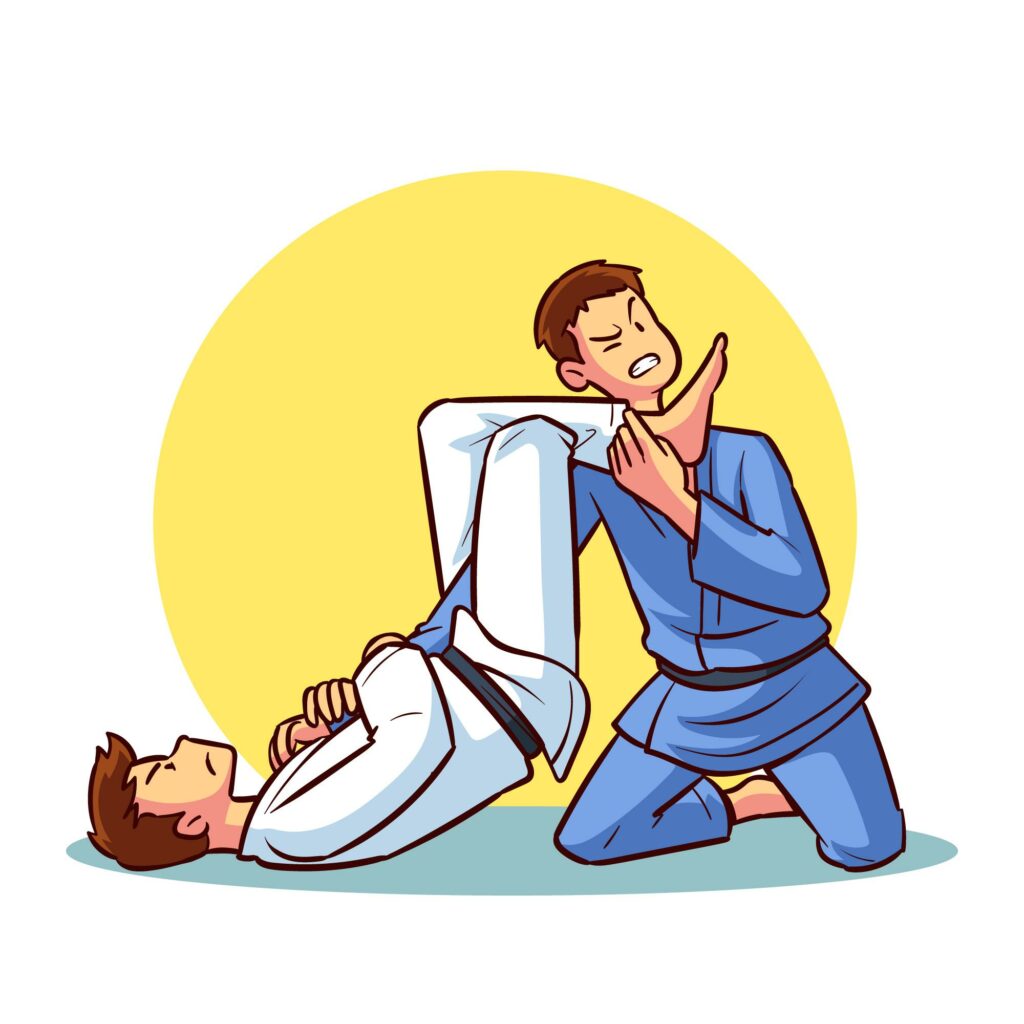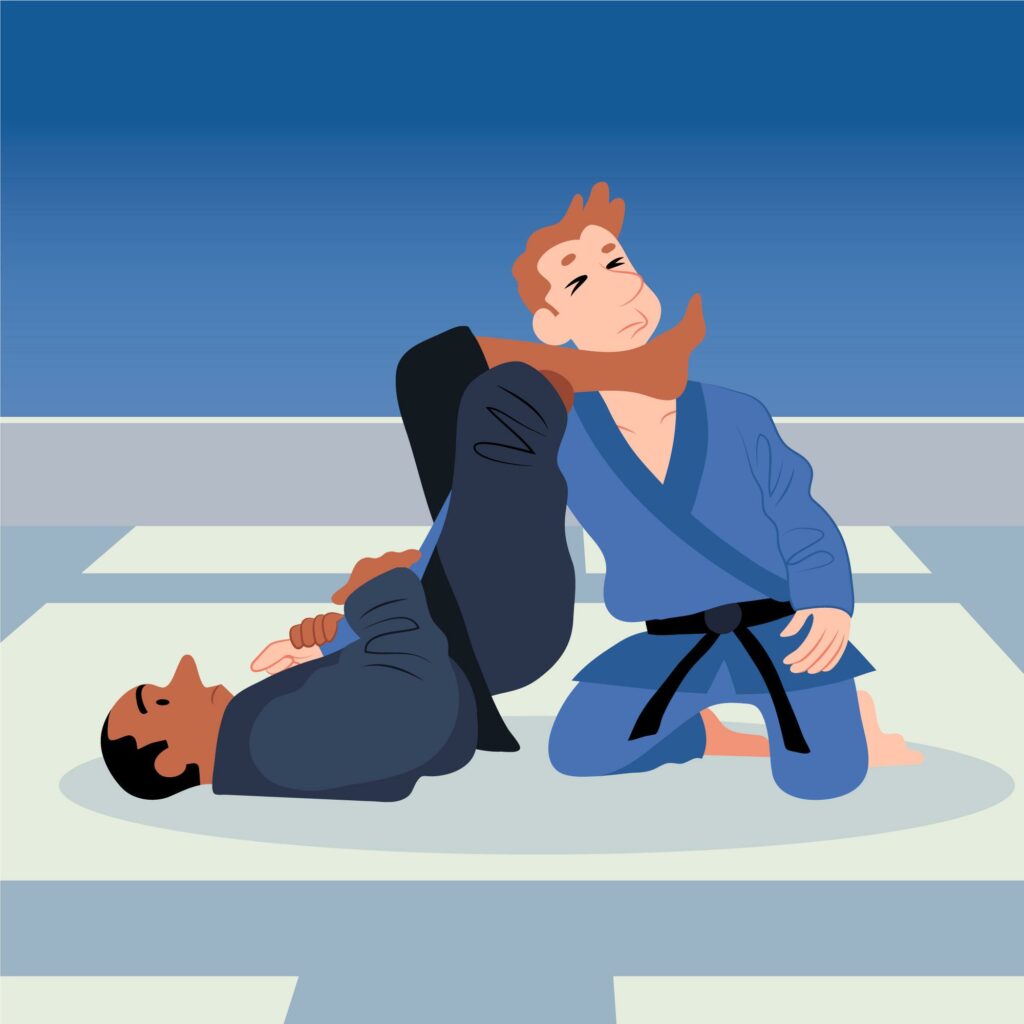How to Choose the Right Rash Guard for Grappling and BJJ Training
In the world of Brazilian Jiu-Jitsu (BJJ) and grappling, rash guards are more than just workout wear—they are a staple for hygiene, performance, and skin protection. As the sport continues to gain international traction, enthusiasts, whether beginner or advanced, are turning to specialized gear from sources such as XMartial to enhance their training. But how do you choose the right one?
Here’s what you should know before adding a rash guard to your athletic wardrobe.
Why Rash Guards Are Essential
Grappling places unique demands on clothing. A grappling rash guard is not just an athletic shirt—it protects your skin from abrasions, mat burns, and skin irritation, all common in BJJ and No-Gi BJJ environments. These shirts help maintain hygiene by preventing sweat transfer and reducing the risk of fungal infections, especially during intense training or competitions. Due to their tight-fitting nature, they also help regulate blood flow and allow a better range of movement.
Wearing standard athletic shirts isn’t ideal. While they may be okay for lifting or casual gym use, they don’t offer the same level of protection, durability, or compression benefits required for grappling. Dedicated BJJ rashguards have become necessary items in any Jiu-Jitsu gear collection.
Key Features to Look For
Fabric & Breathability
Opt for durable and breathable materials such as polyester, spandex, or Lycra blends. These fabrics are known for their moisture-wicking abilities and resilience under stress. Some high-performance models even include mesh panels or ventilated seams for better airflow—ideal for warmer environments or long sparring sessions.
Fit and Compression
Compression isn’t just a trend; it enhances circulation and helps prevent muscle fatigue. A rash guard should fit tightly but not restrict movement. Always consult sizing guides, particularly when ordering online from platforms.
Sleeve Length
- Short sleeves: Great for warm-weather training and improved ventilation.
- Long sleeves: Provide added protection from skin abrasions and cold mats—useful during winter or intense rolling sessions.
The choice often depends on your training environment and personal comfort.
Versatility Across Disciplines
Though synonymous with BJJ, rash guards are now commonly used in MMA, boxing, and Muay Thai. In Muay Thai, they often serve as warm-up tops with added chest protection, while in MMA and boxing, they are favored for their compressive and sweat-controlling properties.
BJJ practitioners often wear rash guards under the traditional gi to reduce friction burns and avoid sweat buildup that could affect grip and technique.
Rash Guards vs. Regular Athletic Shirts
| Feature | Rash Guards | Regular Athletic Shirts |
|---|---|---|
| Fabric | Polyester-spandex blend | Cotton or cotton-blend |
| Durability | High with reinforced stitching | Moderate to low |
| Compression Fit | Yes | Loose or semi-fitted |
| Mat Burn Protection | Excellent | Minimal |
| Designed for Grappling | Absolutely | No |
| Moisture Control | Advanced | Basic or moderate |
The contrast is clear—gear designed specifically for grappling provides superior protection and functionality.
Hygiene Benefits: More Than Just Comfort
Let’s face it: grappling is a close-contact sport. The risk of encountering skin-borne bacteria is real. Rash guards offer a much-needed barrier between your skin and the environment, helping to prevent ringworm, staph, and other infections.
They also help control body odor and simplify post-training laundry. In fact, many gyms now require rash guards as part of their clean training protocols.
Finding the Right Fit for You
Rash guards today are more inclusive, with designs tailored specifically for women to accommodate different body shapes and offer better compression where it counts.
The right fit also depends on your training style:
- Casual training: A moderate compression level might be enough.
- Intensive sparring or competition: A snugger fit will improve performance and minimize shirt movement.
Make sure the rash guard doesn’t ride up during drills or positional work.
Environment Matters
Your surroundings should inform your choice:
- Hot climates or summer training: Choose short sleeves and breathable fabric.
- Cold gyms or winter sessions: Long sleeves offer warmth and extra coverage.
- Rough mats: Reinforced seams and thicker fabric provide better abrasion resistance.
Each training setting is unique, so it’s worth assessing your typical environment before purchasing.
Checklist for Buying a Rash Guard
- ✔ Choose high-quality, breathable fabric blends (like polyester-spandex).
- ✔ Use the sizing chart for an accurate fit.
- ✔ Pick sleeve length based on climate and training conditions.
- ✔ Look for reinforced seams and durable construction.
- ✔ Reflect your personality in your gear—but never compromise function.
- ✔ Make sure it suits your discipline (BJJ, MMA, boxing, Muay Thai).
- ✔ Steer clear of casual gym shirts—this is technical wear.
- ✔ Balance price and quality, especially if this is your first investment.
Final Thoughts
Choosing the right rash guard isn’t just about looking good on the mat—it’s about training smarter and staying protected. Whether you’re grappling No-Gi or layering under your gi, the right rash guard minimizes risk, enhances blood flow, and keeps your skin safe.
From fit and fabric to sleeve length and durability, a good rash guard is a small investment with major returns.
FAQs
How often should you replace your rash guard?
With regular use, a well-made rash guard lasts 6 to 12 months. If you notice thinning fabric, loose seams, or loss of compression, it’s time for a new one.
Is it necessary to wear a rash guard under a gi?
While not required, it’s recommended. It reduces skin irritation, improves comfort, and keeps your gi cleaner longer.
Are rash guards unisex?
Many are, but some brands design specific versions for women to ensure a better fit, especially around the chest and waist.
Header Photo Credit: Kampus Production: https://www.pexels.com/photo/woman-and-man-practicing-judo-6765031/























Very Informative Article And also Very Easy to understand. i hope you will keep posting this type of article. THANK…